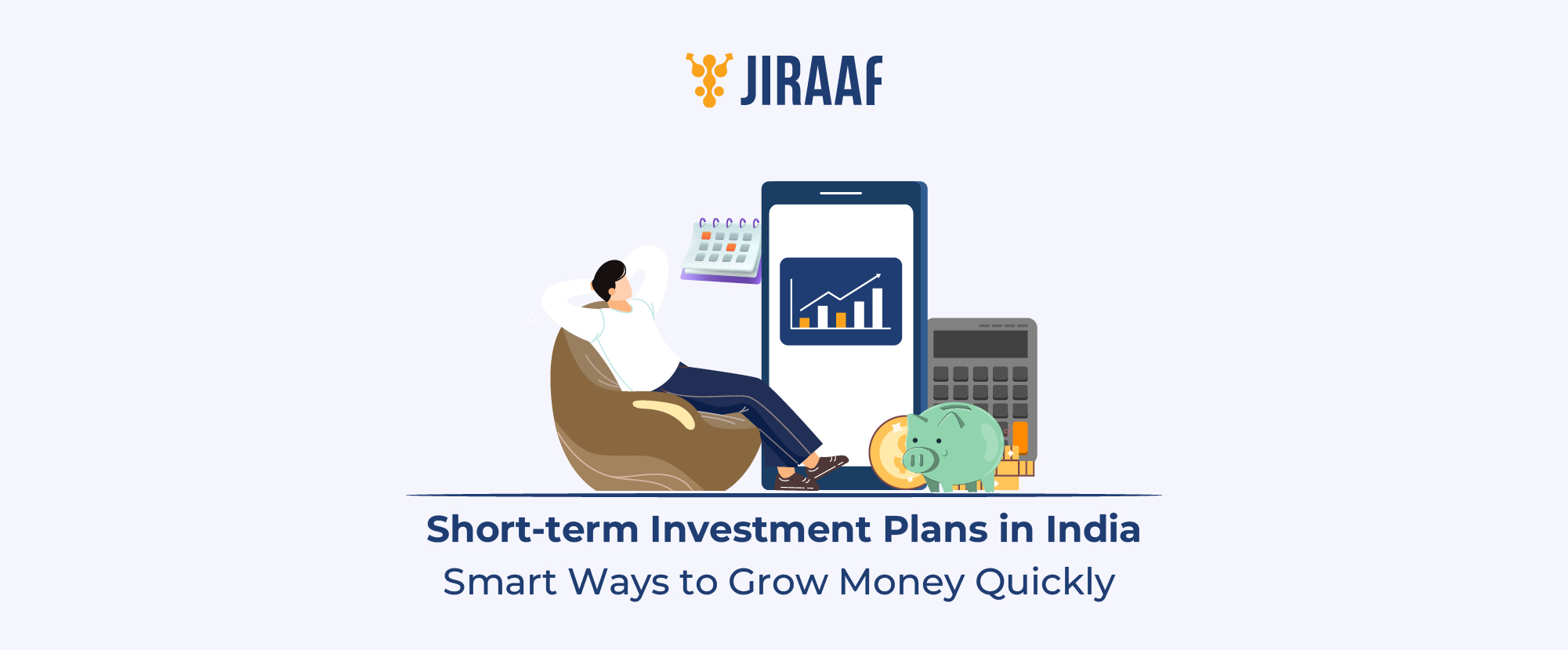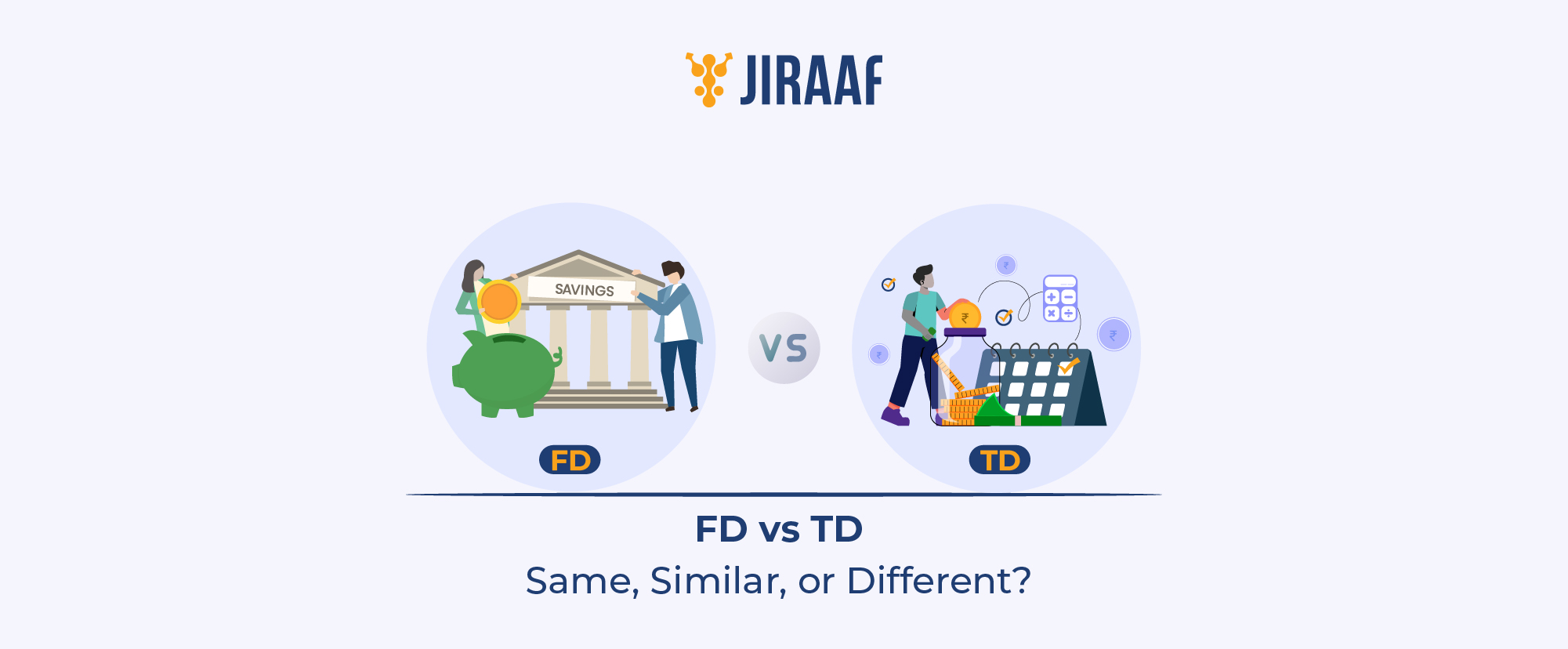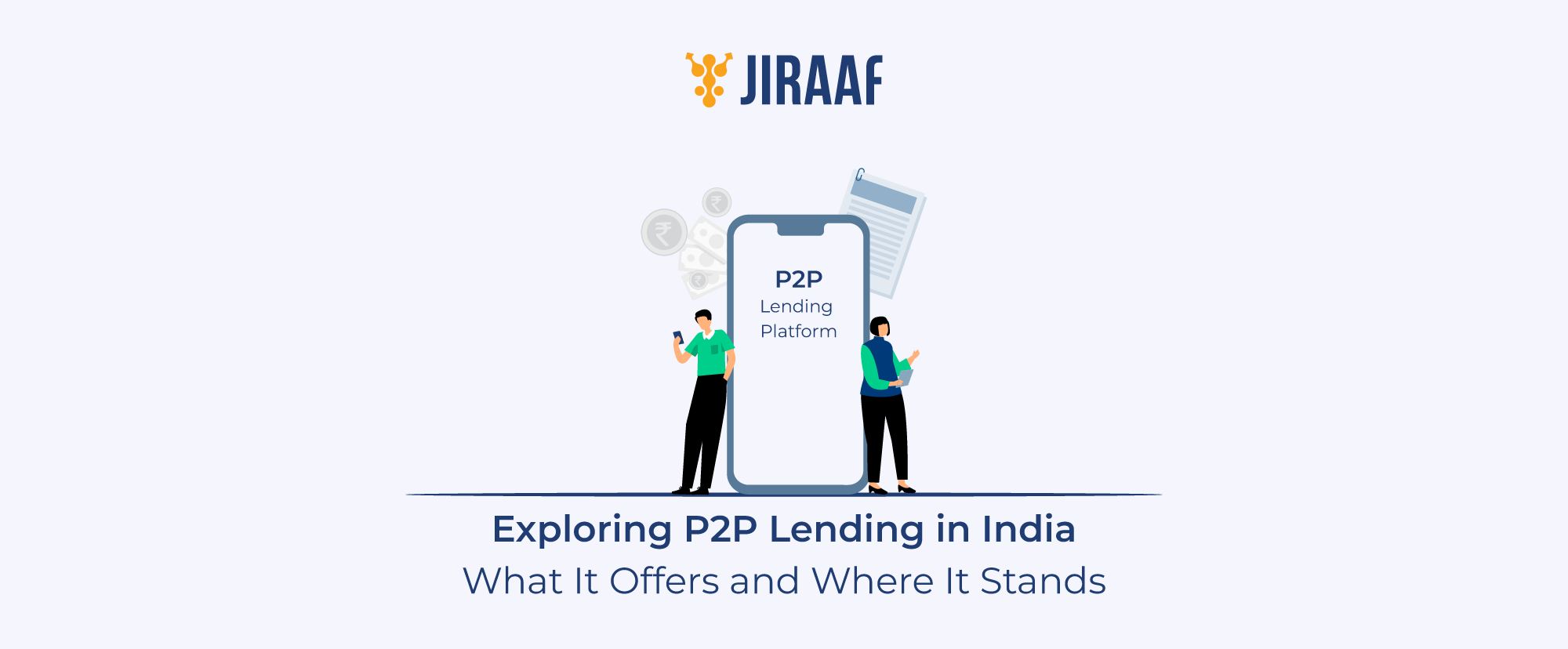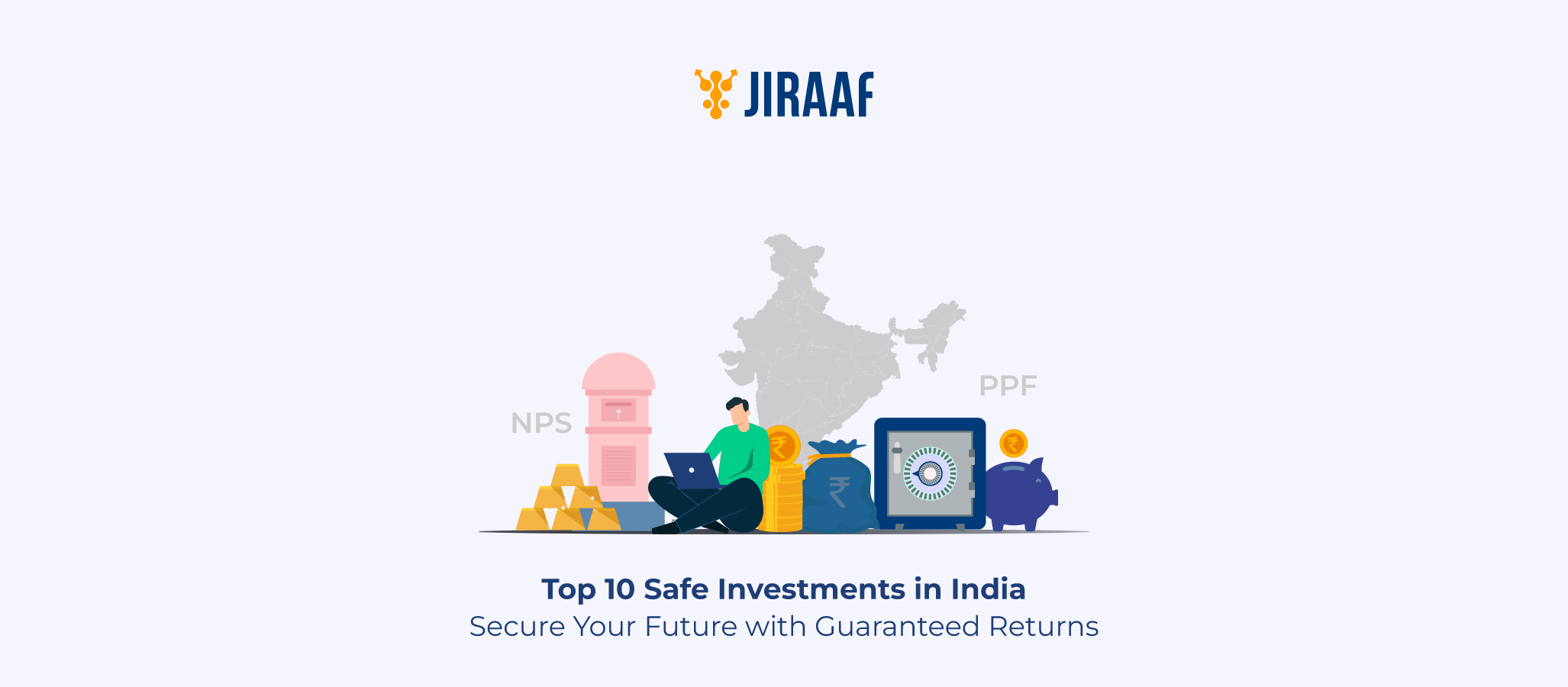Imagine having merely ₹500 a month to ensure your family’s future. The value of life insurance lies in its straightforward promise to safeguard your loved ones no matter what life throws at them. Where do you even start, though, with phrases like “term plans” and “ULIPs” all over the place? This blog explains everything in simple terms, regardless of whether you’re a first-time buyer or simply trying to understand your options. Let’s discuss what life insurance is, how it works, the different policies available, its features, the options available in India, and when you should buy it.
What is Life Insurance?
Life insurance is a financial agreement between you (the policyholder) and an insurance company, where the insurer promises to provide a fixed sum of money to your family or nominee in the event of your death. It offers financial protection and peace of mind for your loved ones. In exchange for your premium payments, the insurer pays your family a lump sum payment, or death benefit, in the event that you die within the policy’s term. It guarantees your loved ones’ financial stability even while you are not around. Some of its key points are:
- Risk coverage for sudden/untimely death.
- Optional investment and savings components (in certain policies).
- Benefits from taxes under Sections 80C and 10(10D).
How Does Life Insurance Work?
To simplify the process,
- Purchase a policy: Pay premiums for the plan of your choice (term, endowment, ULIP, etc.).
- Policy term: The duration of coverage is predetermined, such as 10–30 years.
- Claim payout: Your nominee will get the amount guaranteed in case of your demise within the term.
- Survival benefits: If you outlive the term, several plans offer benefits related to maturity.
For example, for a healthy 30-year-old, a ₹1 crore term plan might only cost ₹500 per month.
Types of Life Insurance Policies
There are several types of life insurance policies available in India and understanding how they are classified can help you decide which one to pick. These are explained below:
- Term life insurance: This is the most common, simple, and straightforward type of life insurance policy. Here, the nominee will receive the death benefits in case the policyholder passes away during the term of the policy. These start at just ₹500 per month.
- Whole life insurance: As the name suggests, whole life insurance insures your entire life. The policy is for 99 years, and it offers fixed premiums and guaranteed benefits.
- Child insurance: This type of policy acts as a savings net for your children’s future. This can help support their education, marriage, and other financial goals, thus giving you a sense of security.
- Money-back policy: This is a type of life insurance that provides guaranteed returns. Unlike other life insurance products, you are given survival benefits if the term lasts. You finally get the remaining corpus with any bonuses once the policy matures.
- Retirement/ pension plans: These are specially curated to help you build wealth for your retirement days, ensuring financial stability in the years you won’t be working. These encourage saving and investing for the long term, helping you accumulate your wealth.
- Endowment insurance plans: These come with dual benefits: life insurance and wealth creation. These are great for you if you want secure, guaranteed returns and the advantages of life insurance protection.
- Unit-linked insurance plans (ULIPs): These offer life insurance, as well as allowing you to grow your wealth through some market-linked returns from systematic investments. These let you select among various options based on your risk tolerance, investment horizon, and goals. They come with a five-year lock-in period.
- Group life insurance: This is a type of life insurance made for a group of people working in the same organization. Organizations usually offer these to help safeguard their employees at quite reasonable costs. Many group life insurance policies are included under employee benefit packages, which means that your employer contributes to the cost. This helps reduce the strain on your insurance plans.
Benefits of Having Life Insurance
Life insurance comes with several benefits. Let’s understand them.
- Family financial security: Offers a financial safety net to replace lost income and support your loved ones in your absence.
- Debt protection: Provides coverage for home, auto, and other loan repayments.
- Tax savings: Section 80C allows for premium deductions, while Section 10(10D) allows for tax-free payouts.
- Retirement planning: via ULIPs and endowments.
- Peace of mind: No concerns over the future of dependents.
Key Features of Life Insurance Plans
- Assured sum: The death benefit amount is assured to the nominee.
- Policy term: The length of coverage is known as the policy term.
- Riders: Extras like as coverage for accidental death or catastrophic illness.
- Surrender value: A partial reimbursement for early cancellation.
- Grace period: A window for late payments, typically lasting 15 to 30 days.
Choosing the Best Life Insurance Policy in India
There is a process to follow to find the best life insurance policy for you.
- Evaluate your needs, including any dependents, debts, and income structure.
- Examine the differences between term, endowment, and ULIP plans.
- Verify the claim settlement ratio of the insurer (LIC: 96.42%, HDFC Life: 99.68%, etc.).
- Choose riders if necessary.
- Utilize online resources to calculate premiums.
Who Should Buy Life Insurance and When?
- Salaried professionals (to safeguard dependents).
- New parents (for the future of the child).
- Borrowers of loans (to cover EMIs).
- Young professionals are eligible for reduced premiums.
- Retirees (if they still have dependents).
Your early 20s to 30s is an ideal time to buy because premiums are lower.
Conclusion
The goal of life insurance is to leave a legacy, not only to protect against danger. Whether you need savings-linked insurance or affordable term insurance, pick a plan that fits your budget. Term plans are ideal for protection. Endowment plans/ ULIPs help with insurance and savings. Policies are more rewarding when there are tax benefits. To lock in cheaper rates, buy early.
Discover fixed income investments with Jiraaf, a SEBI registered online bonds platform that educates and brings access to a wide array of bonds. Sign up today to explore diversified fixed income investment opportunities to support your goal-based wealth creation journey. Start investing!









